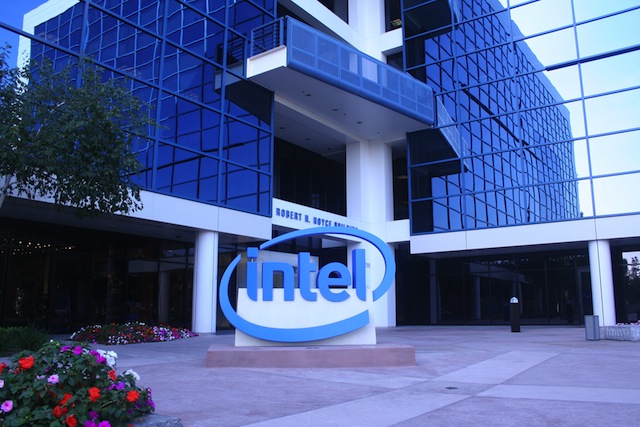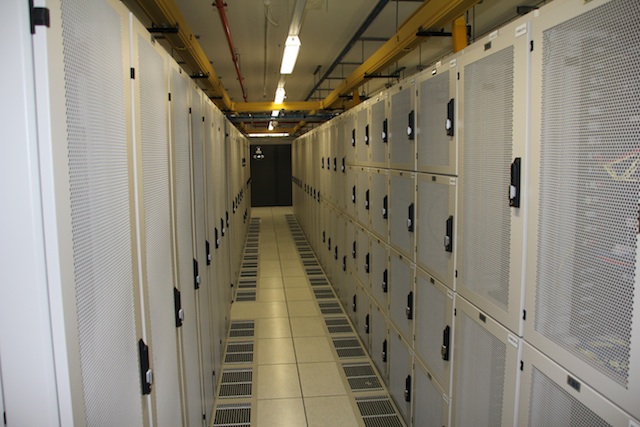Salesforce’s Executive Vice President of Strategic Reserach, Peter Coffee joined the Decoding The New Economy channel at last week’s Dreamforce conference to discuss the new normal — delighting the customer.
Coffee’s role at Salesforce is to help the company’s potential clients understand the new normals of business life. “It’s a lot of listening,” he says.
In describing the new normal, Coffee is in tune with Salesforce’s CEO Marc Benioff in seeing mobile services as being one of the key parts of how business will look in the near future.
“The fundamental statement is your mobile device is no longer an accessory,” says Coffee. “It’s the first thing you reach for in the morning and it’s the last thing you touch at night.”
“Fundamentally people are mobile centric so we need to rethink our operations.”
Continuing the social journey
It’s not just mobile services that are changing the way we do, social media continues to be companies’ weak points in Coffee’s opinion.
“There’s research that’s come out of places like MIT that shows traditional print and broadcast media are still valuable for creating awareness of your brand but the final step of turning someone from knowing who you are into deciding to do business with you is now made today only when a trusted network confirms it.”
“People don’t make that final step of buying from you until they’ve consulted their trusted advisors.”
“Another fundamental change that’s happened is that the connectivity of the customer is such that if you have a customer that’s unhappy with you for even five or ten minutes there’s a tweet or a Facebook post or a LinkedIn update just begging to leak out and damage your brand,” says Coffee.
“The closer you can get to instantaneous resolution to the issue, the better.”
Internet of machines
With the internet of machines, the ability to resolve customers’ problems instantaneously becomes more more achievable in Coffee’s opinion.
“Connecting devices is an extraordinary thing,” says Coffee. “It takes things that we used to think we understood and turns them inside out.”
“If you are working with connected products you can identify behaviours across the entire population of those productslong before they become gross enough to bother the customer.”
“You can proactively reach out to a customer and say ‘you probably haven’t noticed anything but we’d like to come around and do a little calibration on your device any time in the next three days at your convenience.’”
“Wow! That’s not service, that’s customer care. That’s positive brand equity creation.”
Delighting the customers
All of these mobile, social and internet of things technologies will give businesses the tools to delight their customers and Coffee sees that as the great challenge in the new business normal.
While many businesses will meet the challenges presented by mobile customers and their connected machines Coffee warns those who don’t are in for a painful time.
“If you do not have delighted customers you have no market.” States Coffee, “the way that you delight customers is by making sure every interaction with you leaves them happier than they were before.”
“Traditional silos of sales, service, support and marketing must be dissolved into one new entity which is proactive customer connection.”
“Companies that neglect to adopt it will discover they have customers who are sensitive to nothing but price,” warns Coffee.
Paul travelled to Dreamforce in San Francisco as a guest of Salesforce.




